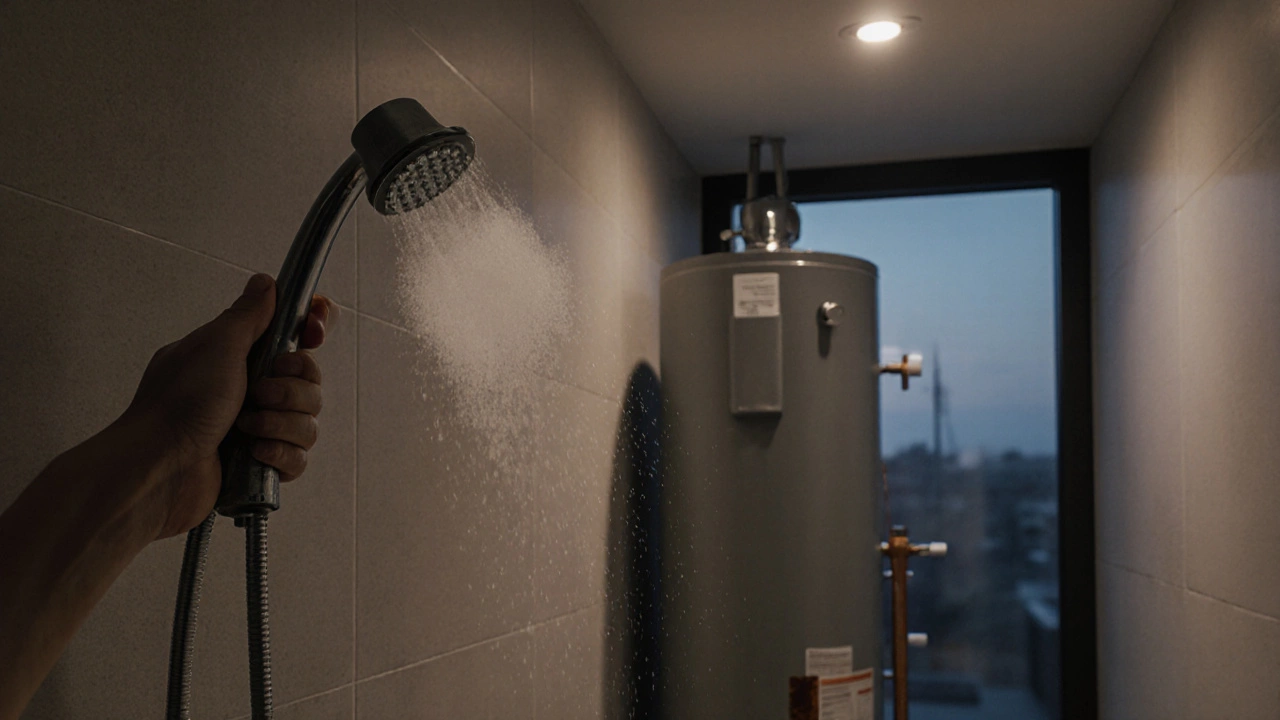
Discover the typical lifespan of different water heater types, factors that affect durability, warning signs, maintenance tips, and when to replace versus repair.
When dealing with tankless water heater longevity, how long a tankless water heater stays efficient before performance drops. Also known as tankless heater lifespan, the goal is to keep your tankless water heater longevity as high as possible. This concept encompasses proper maintenance, regular cleaning and inspection to avoid wear and directly depends on how well you manage scale buildup, mineral deposits that clog heat exchangers. A well‑maintained unit can push out 20‑plus years of service, while neglect can cut that in half. The first semantic link is clear: tankless water heater longevity encompasses proper maintenance. Next, longevity requires regular descaling to prevent scale buildup. Finally, energy efficiency influences tankless water heater lifespan, because a cleaner heat exchanger runs hotter and uses less power. Compared with traditional tank‐style heaters, a tankless system that gets a yearly flush and a quick visual check often outlasts its counterpart by a decade or more. Understanding these relationships lets you plan a realistic service schedule and avoid surprise failures.
The next big player is energy efficiency, the ratio of heat output to energy input in a water heater. When the heat exchanger stays clean, the unit runs at lower temperatures, which reduces stress on internal components and extends service life. Likewise, water quality, the hardness and mineral content of the supply water dictates how often you’ll need to descale. Hard water accelerates scale formation, so households with high mineral levels should install a water softener or perform a bi‑annual flushing routine. Simple steps such as opening the service valve, running a vinegar solution through the system, and then rinsing with clear water can shave minutes off each hot‑water cycle and add years to the heater’s clock. Regular flushing also protects the anode rod, a sacrificial part that guards against corrosion; replace it according to the manufacturer’s timeline (often every 2‑3 years) to keep corrosion at bay.
Finally, the role of professional servicing, qualified technician visits that include deep cleaning, diagnostics, and part replacement cannot be overstated. A certified pro knows how to dismantle the heat exchanger without damaging seals, test flow rates, and verify that safety controls are firing correctly. While DIY flushing works for light maintenance, a yearly inspection catches hidden leaks, pressure issues, and wear on electrical connections before they become costly breakdowns. Investing in a professional checkup every 12‑18 months is a small price compared with the expense of a full unit replacement. By combining routine DIY care with periodic expert service, you create a layered defense that maximizes tankless water heater longevity. Below you’ll find articles that walk you through troubleshooting, the cost‑benefit of repairs, and detailed guides on how to keep your hot‑water system running at its best.

Discover the typical lifespan of different water heater types, factors that affect durability, warning signs, maintenance tips, and when to replace versus repair.